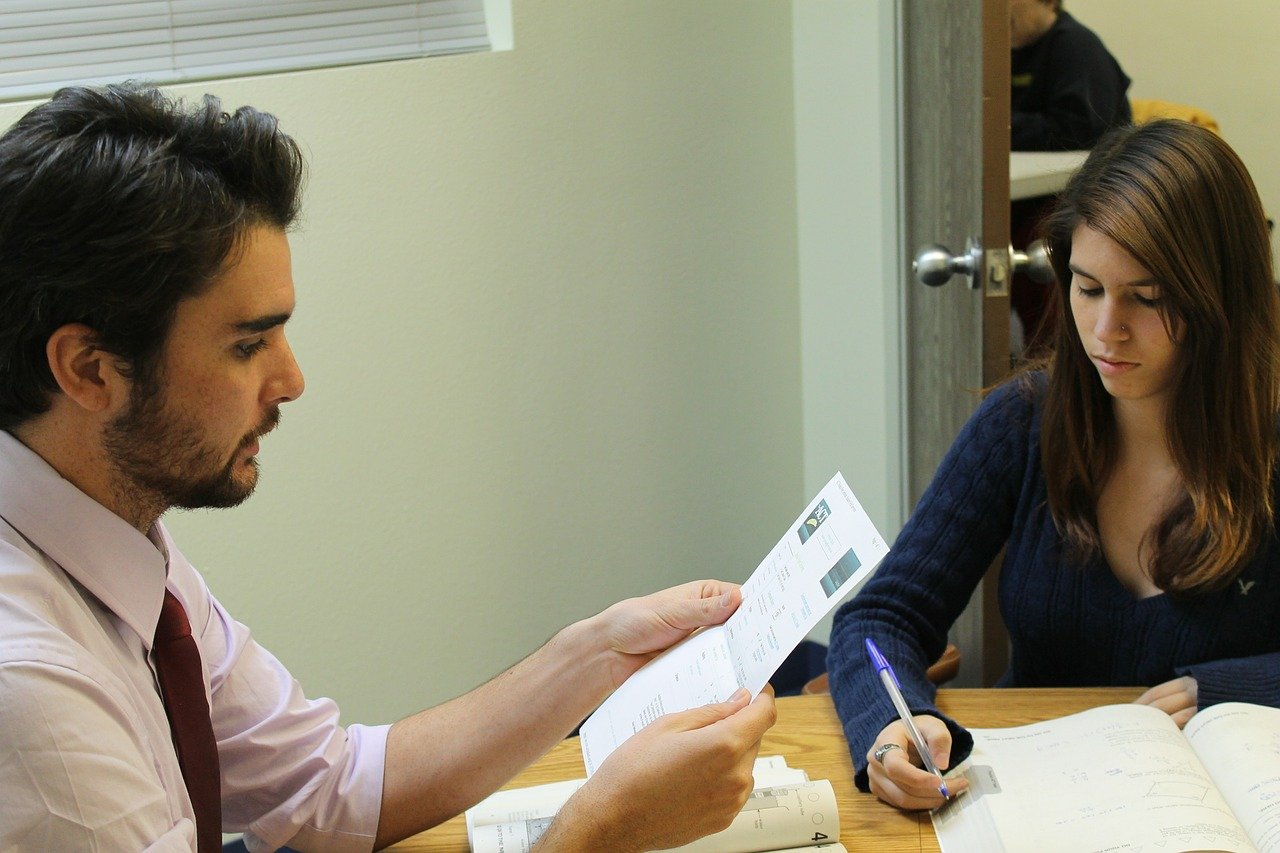Before COVID, we dreamed about working and studying from home, not realizing how soon these once-impossible wishes would be fulfilled.
While working and learning from home did come with its perks, there were some challenges.
One of the major problems students face while attending classes from home is the need for creative collaboration. While they were thrown into this technological bubble overnight, students and their teachers had to figure out how to collaborate virtually and ensure that the challenges they face seem less daunting.
Only through creative collaboration can you study remotely and find ways to adopt a healthier and more appealing learning cycle to overcome these challenges and increase productivity.
However, several factors must be considered for fruitful global creative collaboration. Introducing cultural exchange programs in the school curriculum is an excellent way to help students form international bonds in digital classrooms. However, true creative collaboration will only be possible if the teacher integrates the seven tips mentioned in this article.
The Seven Factors For Creative Global Collaboration
Implementing the proper global connections course is only half the job. As a teacher, you must also recognize unhelpful habits and eliminate them from the classroom to facilitate creative collaboration among students.
Here are some tips to help your students collaborate with their international peers over projects and discussions while attending a global classroom.
The Collaboration Must Be Voluntary
Forcing a student or students to collaborate with others won’t bring about any fruitful results. Moreover, the students who are unwilling to participate will also not learn much from these efforts.
Therefore, collaboration must always be voluntary.
The best path forward is allowing your students to choose their partners and form their own groups. Also, the idea that friends should not be working together \isn’t true as being with their friends might help them brainstorm better and develop innovative ideas.
With voluntary collaboration, students are more involved in the projects and take a genuine interest in completing them rather than seeing them as a chore.
Respect Individual Strengths and Weaknesses
While some students are shy and do not like talking in groups, there are others whose energy can dominate the whole class most of the time. Likewise, while some are better at planning and developing a strategy, others might be good at presenting ideas to the audience.
For a fruitful global collaboration, ensure that you level the playing field by taking ideas and input from everyone while respecting their stance and preferences. As a teacher, you must create a learning environment where all views and opinions are heard and respected, and the best one is chosen to solve a particular problem.
The aim of the students should be solving the problem rather than focusing on getting their idea picked as the best.
Welcome Diverse Opinions
It is a fact that diverse viewpoints, opinions, experiences, and cultural backgrounds help with finding the best solution for problems. Global connection courses bring together students from various cultural backgrounds. So, use this diversity to get a unique perspective on the problem and create a nurturing global classroom where all ideas and visions are explored and heard.
Practice Virtual Etiquette
All creative people like to share their ideas. There is nothing wrong with that notion. However, if one student takes up all the limelight and time, it will leave others disappointed and frustrated.
While it is true that it is much more challenging to pick up social etiquette in online meetings, it is not impossible. With some practice and structure, virtual collaborations can be carried out efficiently.
Before starting virtual classes, ensure your students know and practice virtual social etiquette. This will help them avoid awkward interruptions and prevent them from interrupting others before time during virtual meets. The students must also practice listening actively and waiting for a few seconds before starting to speak. These small social cues ensure that creative virtual collaborations run smoothly.
The Ability To Have Fun
The best collaborations take place in classrooms that are fun to attend. Making international friends and exchanging ideas is fun, and students must be given some freehand and liberty to pursue collaboration in the way they want.
Too many rules might take out the fun element from the mix and hamper the creativity and productivity of the classroom. So, ensure that the students have fun while participating in these courses.
A Structure To Guide The Students
While previously we said that having fun is essential, it would not be wise to give absolute freedom to the students. There must be a flexible and loose structure in the classroom binding the students together while giving them space to explore their creative ideas.
Accepting Both Candor and Conflict
Lastly, teach the students that it is okay to have good and bad moments in a global classroom. The best collaborations occur when there is mutual respect and freedom to express their opinions freely, even if it is unpopular to most of the class.
This is a teachable moment to the students as they will learn that just because someone s different from them does not make that person wrong. It will also teach them to take criticisms sportingly and respect opposing viewpoints.
Final Takeaway
Creative global collaboration with school students can be challenging, stressful, and messy. However, with these following tips and the right global connections courses, it will be an exhilarating experience for the students and you as a teacher.






